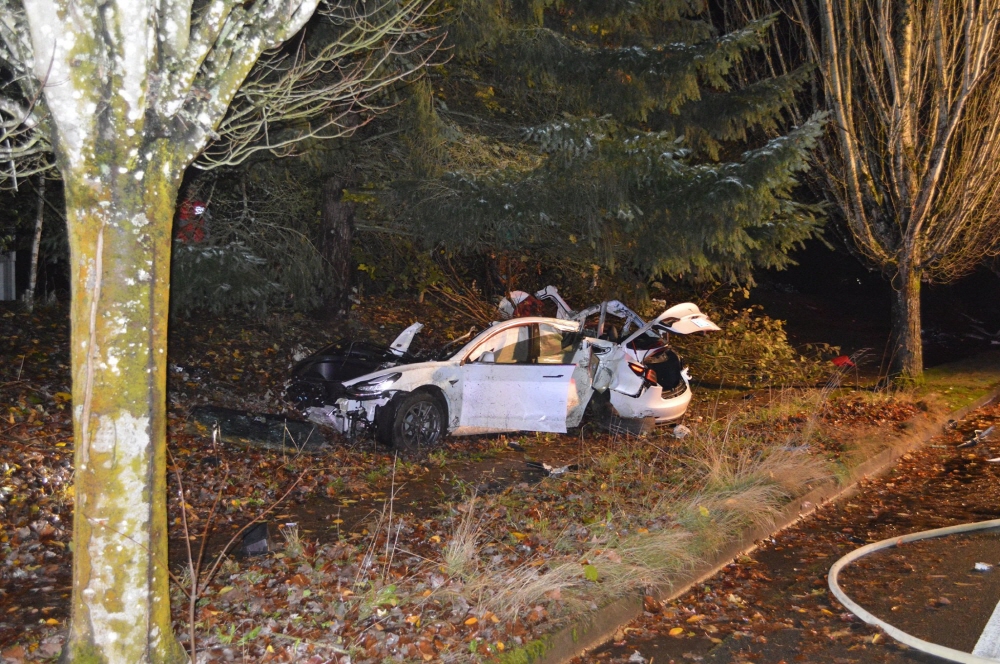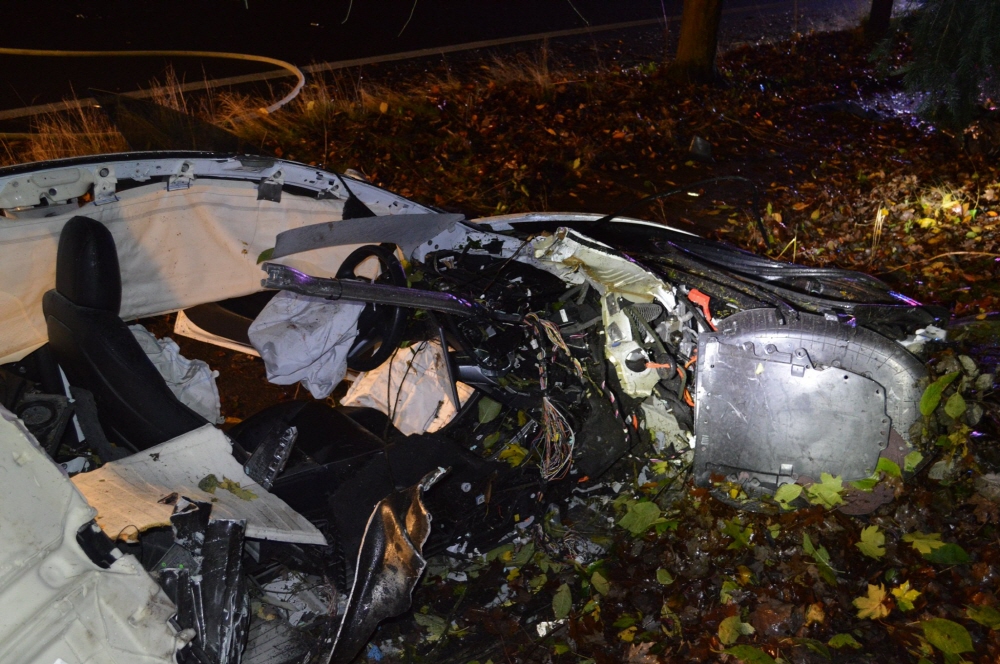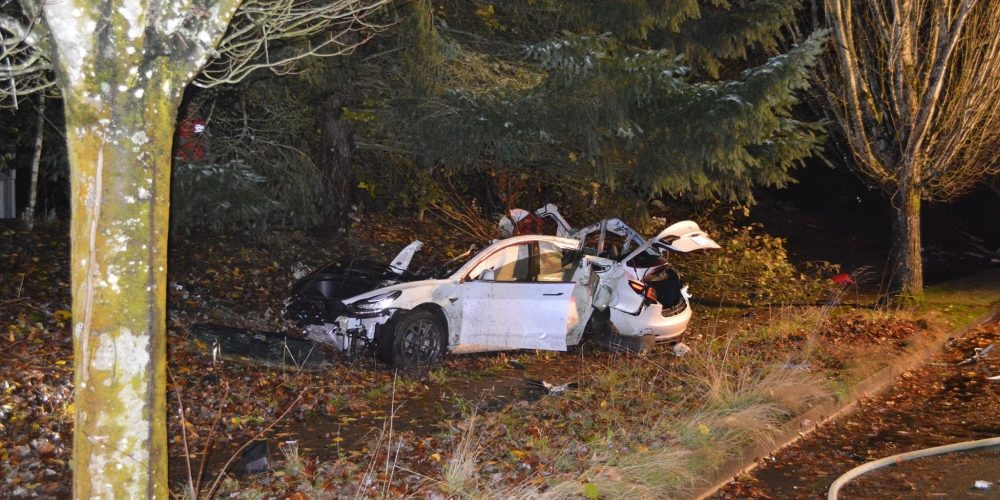
In Kovalis, Oregon, USA, a Tesla Model 3 accident occurred in which two parts were broken, and battery cells were scattered around it, causing some to ignite, local police said.
Some of the model 3 batteries that had been destroyed caused secondary damage, such as jumping into a private house more than 100m away, lighting the bed sheets and falling on the knees of residents in other houses. The police retrieved the battery cells after three hours, but said that there may be batteries that have not been discovered yet, and is calling attention to nearby residents that there is a risk of fire and drug injury if touched.
Tesla appears to have been driving at a speed of more than 160 km/h, smashing the pole and two trees off the road, breaking down the telephone terminal box and stopping. The tires that came off the vehicle body also crashed into the wall on the second floor of a nearby apartment, cutting off the bathroom and water pipes, causing flood damage to residents downstairs.

Despite the major accident, the Tesla driver was safe and was found three blocks away from the accident site. Drivers who received treatment at the hospital were admitted to using cannabis, and police said that violent driving by a driver who was drunk with drugs was the start of the accident.
Accidents in which a tire falls out and destroys a nearby house and the car itself rushes to a building is not limited to Tesla, but can occur regardless of whether or not an electric vehicle is used. It is different from ordinary cars where battery cells are splashed in remote houses or around the site of a fuel leak accident. Damaged battery cells may ignite at least 24 hours after the accident, and they may be hot or leak chemicals, so care must be taken not to touch them with bare hands. As electric vehicles are expected to spread rapidly in the future, battery cell protection will still have room for improvement if an accident occurs.
Most of all, if there were no people who smoked marijuana and drive cars, the same accident would not have happened. The driver’s entry into the biggest factor causing an accident will not change unless level 5 of autonomous driving is fully achieved.
For reference, drunk driving in the United States is known as DUI or DWI. Driving after drinking and taking drugs is a violation of the criminal law, not the road traffic law. In addition, this drug is included as well as drugs and stimulants, as well as generic drugs, if any ingredients that reduce judgment are included. Related information can be found here .


















Add comment